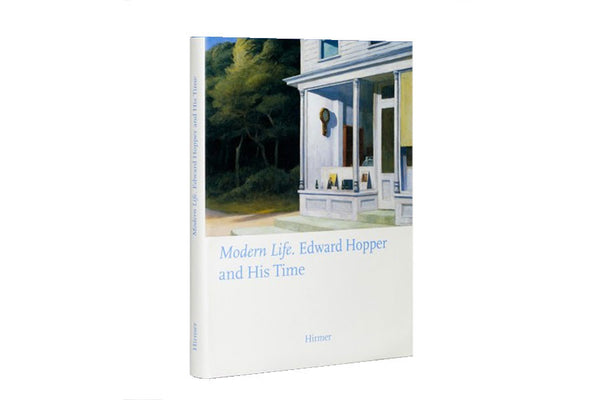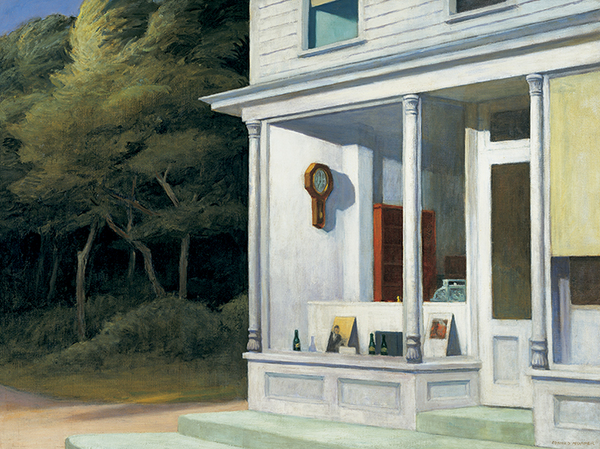

Ortrud Westheider, Michael Philipp
Modern Life. Edward Hopper and His Time
Hirmer Publishers and Bucerius Kunst Forum Publications — 2011
Modern Life: Edward Hopper and His Time traces the development of realism in American art between 1900 and 1940, emphasizing the diverse ways that artists depicted the sweeping transformations in urban and rural life that occurred during this period. The exhibition highlights the work of Edward Hopper, whose use of the subject matter of modern life to portray universal human experiences made him America’s most iconic realist painter of the 20th century. Drawn primarily from the Whitney Museum’s extensive holdings, Modern Life places Hopper’s achievements in the context of his contemporaries—the Ashcan School painters with whom he came of age as an artist in the century’s first decades, the 1920’s Precisionist artists, whose explorations of abstract architectural geometries mirrored those of Hopper, and a younger generation of American Scene painters, who worked alongside Hopper in New York during the 1930s.
Modern Life: Edward Hopper and His Time includes approximately 80 works in a range of media by Hopper and artists such as John Sloan, Alfred Stieglitz, Edward Steichen, Paul Strand, Charles Demuth, Guy Pène du Bois, Charles Sheeler, Charles Burchfield, Ben Shahn, Reginald Marsh.